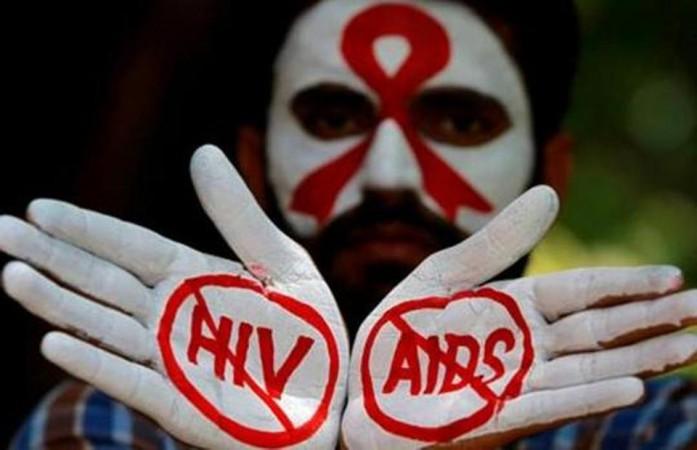
The Delhi High Court had recently issued a notice to the Centre regarding a PIL for legalising two-child norm as a part of the Population Control program. As discussions regarding the population explosion continue its course, it is important to examine a vital section of the population that keeps dodging in and out of family planning policies – young people.
The Ministry of Statistics and Programme Implementation (MoSPI) 2017 report estimates 315 million Young People (YP) in India between the ages of 10 and 24. Out of which, 225 million being adolescents comprise nearly one-fifth (22 per cent) of India's total population.
With 27 per cent of children getting married by the age of 18 and only 10 per cent of married women aged 15-19 years reported to be using contraception. As per the National Family Health Survey (NFHS-2) data, the role of young people-focused family planning measures becomes imperative in population control policies.
However, statistically, the state of adolescent-friendly family planning mechanisms have only deteriorated. The 'Youth in India 2017' report revealed that the average number of childbirth by women in the age group of 15-19 years has increased from 0.39 per cent in 1981 to 0.47 per cent in 2011.
Not only does this indicate to the non-performing health policies and its failure to reach young people's need for contraceptives, safe abortion and counselling services, it also indicates that the socio-cultural burden of responsibility of permanent measures of female sterilisation has been subjected exclusively to women.
Female sterilisation contributes to 76 per cent of all contraceptive use in 2015-16. Out of the total 1.42 lakhs female sterilisations, only 6,035 male sterilisation took place in 2016. Hence, advocacy needs to be aware of gender-specific inequalities in population control policies.
The recent petition for the Population Control Law by BJP leader Ashwini Kumar Upadhyay mentioned the role of population control as a part of Article 47(a) which is one of the Directive Principles that hold improvement in the level of nutrition, the standard of living and improve public health as the state's primary duty.
For adolescents, Article 39(f) of the Directive Principles of State Policy ensures that "the children are given opportunities and facilities to develop in a healthy manner and in conditions of freedom and dignity and that childhood and youth are protected against exploitation and against moral and material abandonment".
In the past, a number of policies reaffirming a commitment to young people in India were formulated in the 1970s and 1980s, including the National Policy for Children 1974 and the National Youth Policy 1985. However, these initiatives paid only limited attention to the health needs and concerns of adolescents and young people.
It was only in the 1990s, as a result of the growing HIV/AIDS epidemic, that the youth population were identified as vulnerable by government agencies. The National AIDS Prevention and Control Policy 2002 along with NACO noted that among youth there was a need to promote a better understanding of HIV infection and safer sex practices.

The policy stresses a variety of measures such as awareness building, promotion of usage of condoms, abstinence and creation of an enabling environment and reinforcing 'traditional Indian moral values'. It also advocates the provision of HIV/AIDS education in schools and colleges through curricular and extra-curricular activities, as well as through youth organisations for that outside of educational institutions.
However this "openness" in addressing sexually active young people, policies had problematically identified abstinence and reinforcement of "traditional Indian moral values" as their solutions. For women, cultural anxiety about sexuality became veiled within the realm of morality.
In January 2003, the then Minister of Health and Family Welfare, Sushma Swaraj, had reprimanded NACO for devising a mass media campaign that showed a father talking to his son about condoms. As the first mass media ad campaign by NACO developed in collaboration with BBC World Service Trust, Swaraj argued that such ads "encourages sex".
In 2017, the Ministry of Health and Family Welfare (MoHFW) had launched 'Mission Parivar Vikas' for 146 priority districts with high Total Fertility Rates (TFR) to address the contraceptive needs in a focused manner and to reduce geographic disparities.
The programme uses multiple strategies such as provision of condom boxes in all facilities, family planning kits for newly married couples, community-level meetings with young married women and their mothers-in-law, etc to increase the access to contraceptives in the identified districts.
However, without a comprehensible policy that does not focus on its culturally-conditioned-and-prejudiced health service providers, the task of regulating population in a country with existing cultural stigmas will remain a challenging one to achieve.

















